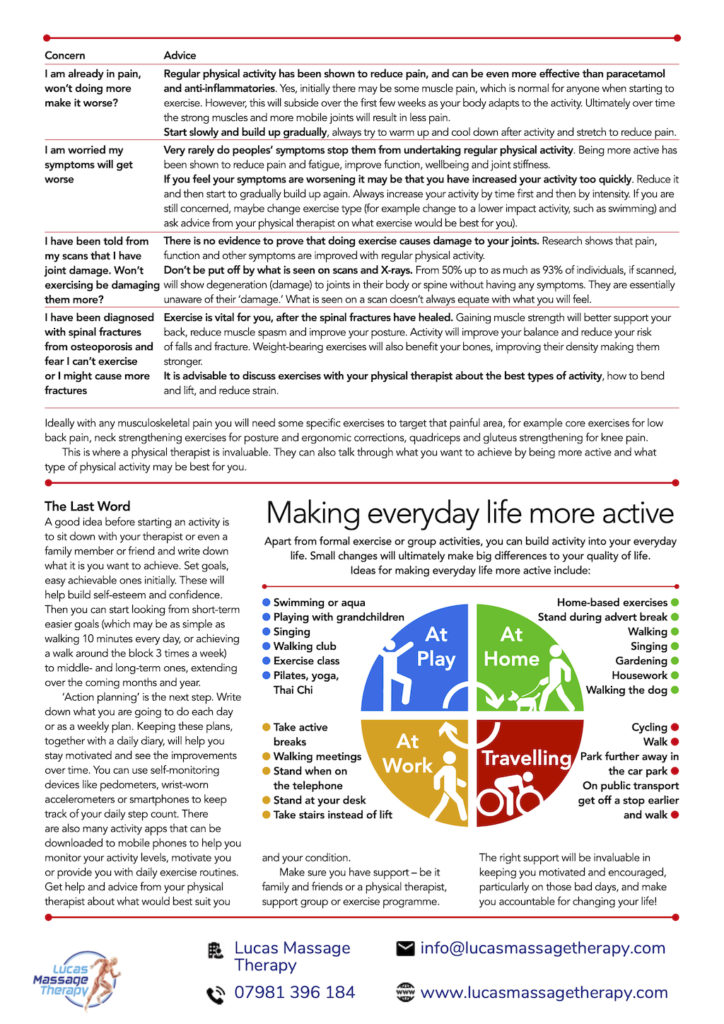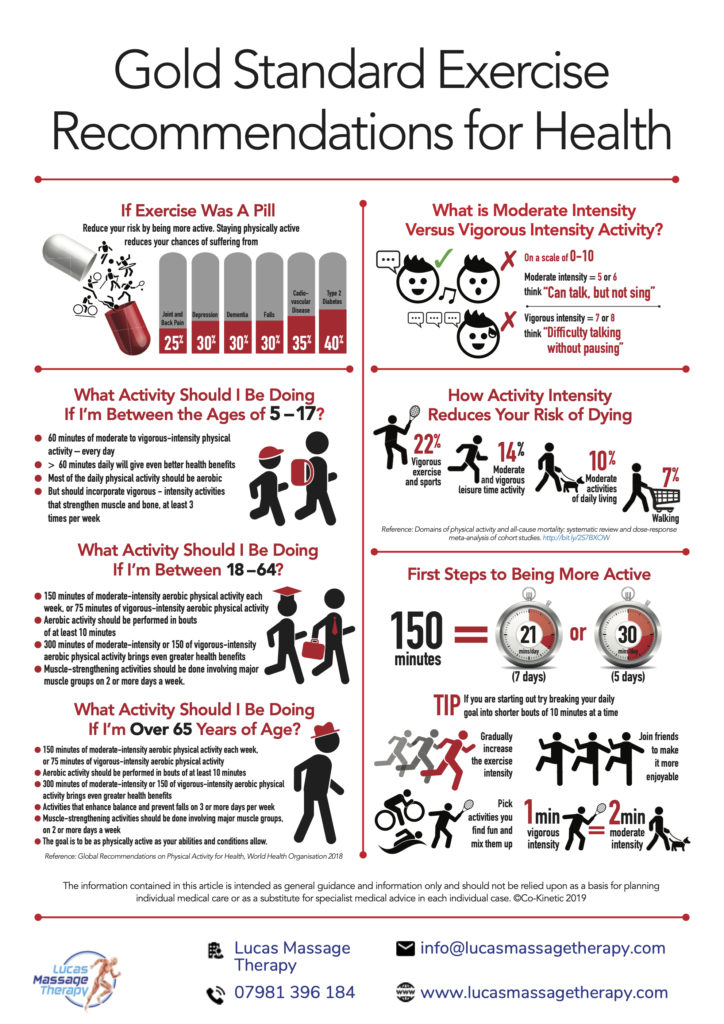Musculoskeletal Pain
Musculoskeletal pain affects the ligaments, tendons, bones, muscles, and nerves. Anyone can experience musculoskeletal pain. It is most often caused by awkward movement, sprains, strains, car accidents, falls, fractures, dislocations and direct blows to an area of your body.
Musculoskeletal injury. Type of injuries:
acute injury – (having a rapid onset with severe symptoms). Other musculoskeletal pain comes from chronic (long-lasting), overuse-type injuries due to repetitive actions at work, poor postures or during sports. An acute injury, if not treated properly, can become a chronic pain source. Pain from overuse injuries affects more than 35% of adults. Musculoskeletal pain can be localised to one area, to one joint or it can be more widespread.
When pain becomes chronic it will have far-reaching effects on your life; reducing activity levels, affecting your sleep, impacting on work and social life, causing fatigue and mood alterations, and even causing severe disability.

So, how can regular physical activity reduce your pain and improve your quality of life?
The benefits for someone suffering from musculoskeletal pain (both acute and chronic) include:
Reduced pain: The more active you are the stronger your muscles become. They can provide better support and alignment for your joints which in turn reduces their pain, and you have more confidence moving around.
Improved fatigue: Although you may be tired now and the thought of doing more
is overwhelming, the more physical activity you do the less tired you become. Your general cardiovascular fitness improves (your heart and lungs’ ability to work improves) and your muscles become stronger which makes them more efficient, demanding less oxygen and making you feel less tired. Also, the fitter you are the better you sleep which in turn will make you less fatigued.
Improved physical function: The more active you are the more your balance and stability will improve and you will have greater ease of movement. This comes from stronger muscles, more stable joints and the fact that the more you move, the better the nerve signals between your brain and arms and feet become, making movement safer and tasks apparently easier. You require less assistance and maintain more independence.
Improved self-efficacy: As mentioned above, with reduced pain, better function and less fatigue, you will be able to do so much more, giving you a renewed belief in yourself.
Improved general well-being and general health: Physical activity has so many benefits for your heart and lungs, blood pressure, lower blood lipid levels, regulating blood sugar levels, and boosting immune function. The release of endorphins (such as serotonin, a happy hormone) has many benefits for your mood and outlook on life.
Improved fitness and mental health: Your musculoskeletal system will be much better tuned and the release of the happy hormones mentioned above will lead to a happier state of mind.
Reduced joint stiffness: Joints that are not used become stiff, they need to be lubricated (greased) and they do that by movement. Strong muscles developed by regular activity help support the joints and ensure they move well. Physical activity also reduces inflammation and breaks down scar tissue, which in turn can improve joint stiffness.
Improved quality of life: This goes hand in hand with improved confidence, self-esteem, improved fitness and mood. Being able to do more and do it without help, perform ‘normal’ daily tasks or even more challenging ones you thought impossible before exercising, will make your life richer in more ways than you could believe.
Reduced absence from work: Better physical and mental health leads to a reduced risk of illness and the need to take time off work.
Musculoskeletal Pain

Musculoskeletal Pain

The Last Word
Prior to commencing any activity, it is advisable to engage in a discussion with your therapist, a family member, or a friend to outline your objectives. Begin by setting realistic and attainable goals, as this will contribute to the development of self-assurance and belief in oneself. Thereafter, you may proceed to identify shorter-term targets, such as engaging in a 10-minute walk each day or completing three laps around the block on a weekly basis.
Create an ‘action plan’ as the subsequent phase. Jot down your daily or weekly tasks. Maintaining these plans, along with a daily journal, will enhance your motivation and allow you to observe your progress over time. Utilize self-monitoring tools such as pedometers, wrist-worn accelerometers, or smartphones to track your daily number of steps.
Mobile phones have a variety of activity apps available for download, which can assist in tracking activity levels, offering motivation, and providing daily exercise plans. Consult your physical therapist for guidance on the most suitable app for your needs and condition. It is important to have a support system in place, whether it be through family and friends, a physical therapist, a support group, or an exercise program.
Having the right support is extremely valuable in maintaining motivation and encouragement, especially during difficult days, and it ensures that you take responsibility for transforming your life!

